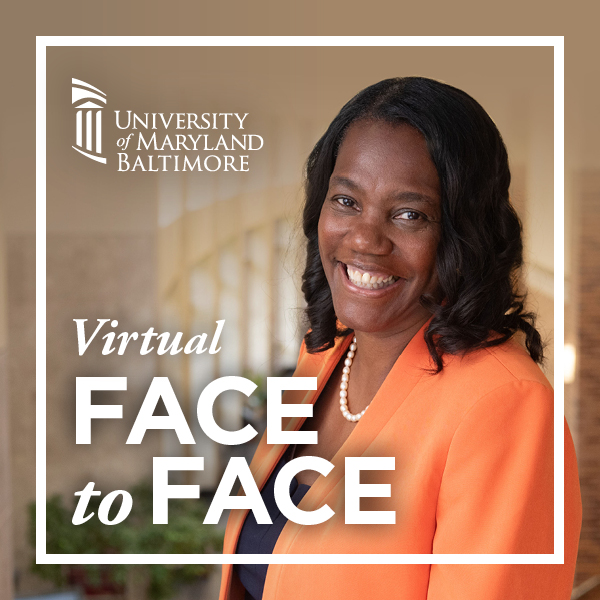‘Virtual Face to Face’: UMSON Dean Yolanda Ogbolu Shares Insights on Adapting Nursing to Changing Health Care

Newspaper headlines this fall told the story of a serious challenge facing the nursing profession: staffing shortages. In the largest health care strike in history, a coalition of 11 unions representing 85,000 Kaiser Permanente employees walked out for three days in October. The president of one of those unions, based in Maryland, said staffing levels have put patient care in “crisis” at some facilities.
Part of the reason is that staffing levels that were decimated during the COVID-19 pandemic have been slow to improve. Another is demographics. According to a study by the National Council of State Boards of Nursing, the average age of registered nurses in the U.S. is 46, down from 52 in 2020. Many older, more experienced nurses have retired or left the profession.
Another recent survey, Nurse.org’s 2023 State of Nursing report, also pointed to staffing shortages as a major problem, with nine out of 10 polled saying the shortage is getting worse. Solving that problem, and the associated problem of low staffing ratios, was cited as more important than improving pay.
According to the Bureau of Labor Statistics, the United States will need to fill 190,000 nursing positions in each of the next 10 years to keep up the country’s health care needs. Schools of nursing also will face challenges preparing the nursing workforce for the changing demands on the job.
Telemedicine exploded during the pandemic and remains largely popular (and insurable). And an aging population with increased need for home health care likely will add impetus to that trend. The ascendancy of artificial intelligence in health care is expected to impact not only nursing informatics, but also administration, research, and even clinical care. And improvements in virtual simulation technology may bolster the demand for online nurse education.
Although many schools of nursing around the U.S. report difficulties recruiting students, the University of Maryland School of Nursing (UMSON) is doing just fine.
“I think Jane [Kirschling] left us in a really good place,” said Yolanda Ogbolu, PhD, NNP, FNAP, FAAN, who succeeded Kirschling as the Bill and Joanne Conway dean of UMSON in July. “I’ve been going around all over the country, and schools are reporting low enrollment, but we’re growing here.” Ogbolu, appearing on the online program Virtual Face to Face, explained that the student body isn’t just growing, it’s also becoming more diverse.
“We’re over 50 percent underrepresented minorities in Baltimore, and over 80 percent at [the Universities at] Shady Grove. And that’s a big deal in nursing. Because nursing is not a diversified profession,” Ogbolu said. “Many schools are really fighting to get diverse nurses. We want them to match the American population as they’re providing care in the health system.”